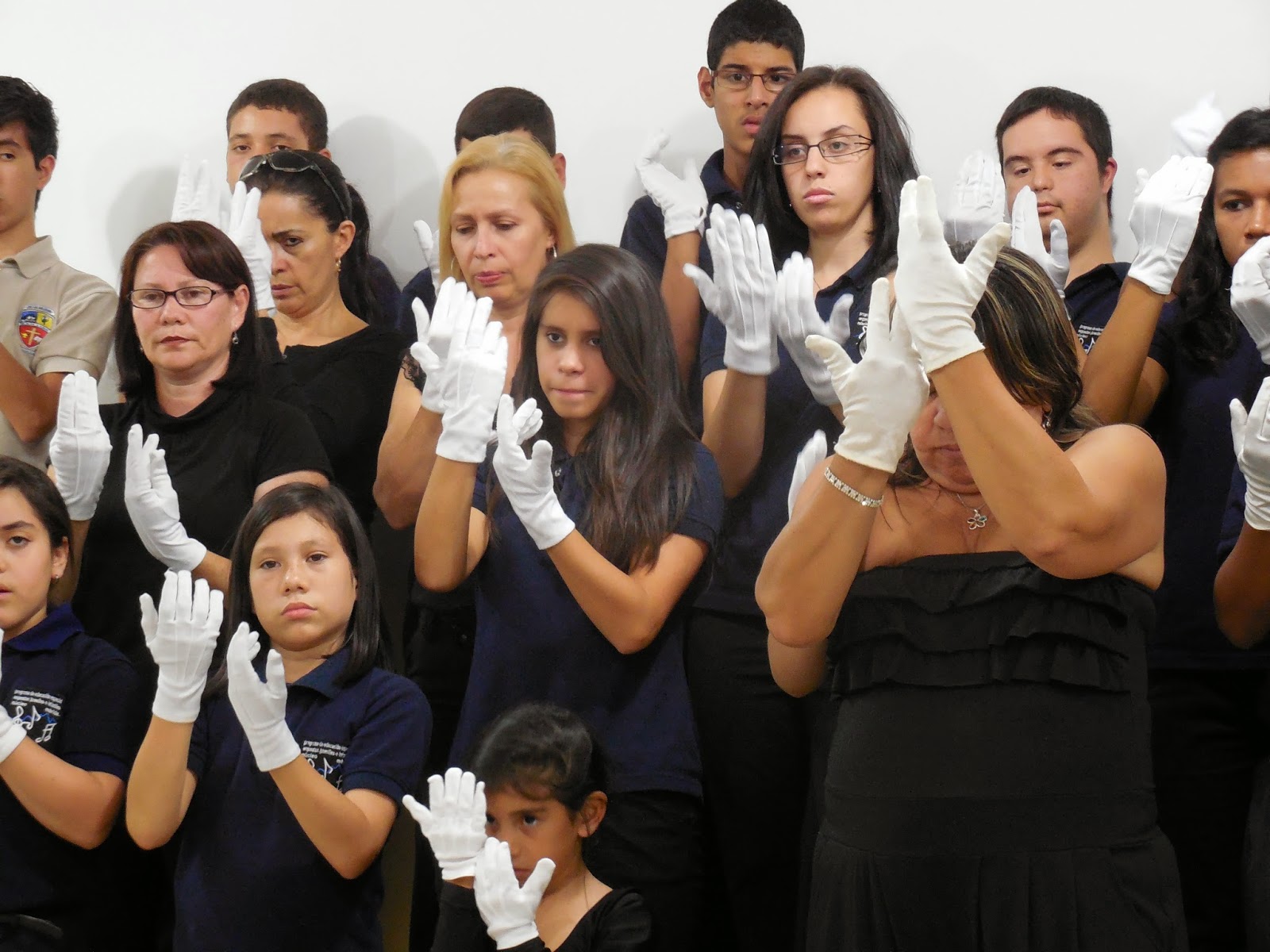The Simon
Bolivar Project in essence is to expand the El
Sistema program to reach 1 million students by the year 2019. As noted in
various articles (http://nsnbc.me/2013/05/23/venezuela-to-expand-its-el-sistema-music-program/)
the project will be funded by the President's Office.
Roderigo
gave us more information about the methods being used to reach the goal of 1
million:
·
El Sistema will continue to lobby community
leaders to get permission to start programs, and knock on doors in barrios to
invite families to be involved. They receive continued requests from
communities as well to have El Sistema
work with their children.
·
The
program will speed up its de-centralisation process in order to reach the
required number of children. Currently audition opportunities, instruments and
other resources are difficult to get outside Caracas, and there are not many
opportunities to play in Caracas or tour nationally. There needs to be a
stronger bridge between the two worlds of El
Sistema – the ‘elite’ and ‘rural’ nucleos by supporting and mentoring teachers
sent to rural nucleos.
·
El Sistema will build on the government-led
Bolivarian school scheme as a way of working with the public schools and including
them as part of the project. The school day usually ends at 1pm, but this is
extended to 5pm so the schools essentially become nucleos. Parents already pay
a lot for childcare during this time so this would also greatly benefit families.
The scheme is 6 years old and currently involves art and sports activities. El
Sistema was initially consulted by the government because of the organisation’s
long experience dealing with large amounts of children in arts activities. There
has been Presidential approval for El
Sistema to take on this scheme as part of the project along with the access
to funding, resources and facilities that are part of the scheme.
·
The
program needs to triple the amount of staff (including allowing existing
teachers to get certification) and to create foundations to allocate funds.
Lots of institutional development needs to occur – there has been much
expansion vertically but now El Sistema needs
to expand its base to create opportunities for all regardless of location.
·
The
Special Needs Department at Barquisimeto aims to create a pilot program in
state schools and then replicate the model at other schools.
We heard
lots of variance in numbers of how many students are currently in the program
and how many each area was aiming to get on board. At some points it sounded
like a race to get as many numbers in the program as possible, regardless of
the quality of musical engagement. We talked we some nucleo directors about their strategy to reach this goal.
Jesus – Nucleo Director at Merida
Jesus is
convinced that the project will be successful due to Dr Abreu’s visionary
leadership; “There are those who doubt his huge plans but when you speak to
him, he makes them sound plausible, he convinces people as a musician and an
economist.” He pointed out the reputation and celebrity surrounding El Sistema, Dudamel and the program’s
global renown; “Everyone wants to be part of El Sistema - the real revolution!” Families are inspired by the achievements of their
neighbours and they realise that background isn’t an issue. According to Jesus,
this year the whole of El Sistema
wants to recruit 120,000 more kids (he thinks a more realistic figure of how
many in the program now is 390,000).
Merida’s
strategy this year is to extend to six new schools and 6000 more students,
which has been made more possible with the new cable car from the town centre
to the barrios. It is impossible to expand the existing nucleos as they are
already too full, so they will work with the schools first and then open
another nucleo. They started in November 2013 with choir and recorders;
students share instruments, there is a carousel of classes, and the program also
sells violins to students (the cheapest are 5,000 Bolivares).They aim to present
these new students’ performances and then get money for orchestral instruments
from regional and local governments. Jesus spoke about issues with getting the directors
at the state schools on board with the program, but not with the students and
their parents. They eventually want to get 20,000 children in the whole state
involved.
Victor – Nucleo Director in Ejido,
Merida State
Victor worked
in the nucleo development office in Caracas. His area goal for 2019 is to expand
the number of children served from 487 to 3325. Within
four days, they set up 25 small music centres of 1,300 students in the barrios
in the area (modulos) with only one teacher for singing, cuatro and theory. An
issue is to get motivated teachers for the modulos who are willing to adapt to
the school environment and the facilities available. When asked about the pace
of the project, he replied; “It’s going quickly because it is working! When a
Venezuelan has an idea, you just do it.”
From his
experience in Caracas, he told us how the culture of the new students is the
most challenging aspect of nucleo
development, as they come from very difficult and dangerous backgrounds. He was
involved in going from house to house with teachers to invite people to the
project. They even talked to the ‘mafia’ about bringing culture to the barrios, and persuaded them to leave the
program alone and protect them.
It will be interesting to see how the dynamics of
the El Sistema program adapt to
working in schools, considering that many Sistema-inspired programs are
in-school or after-school programs. The success of this project will undoubtedly
continue the program’s ever-increasing global influence.









